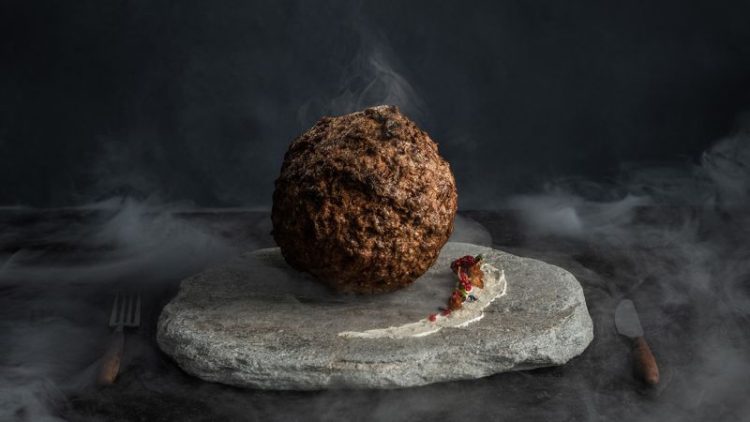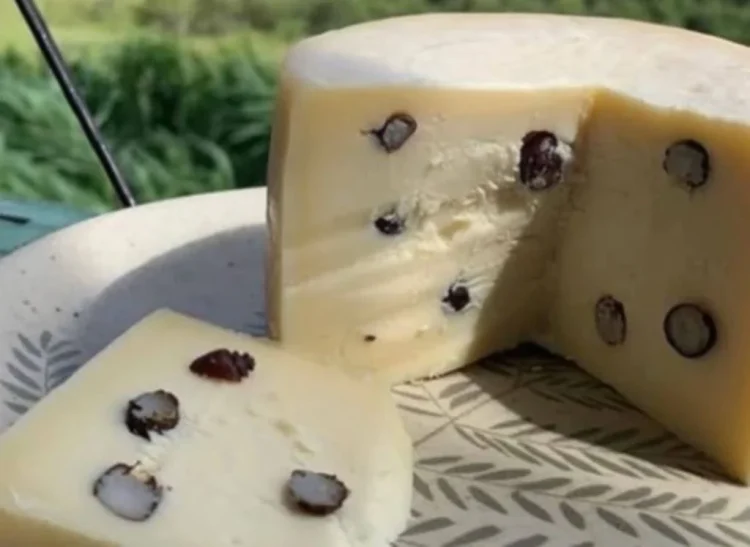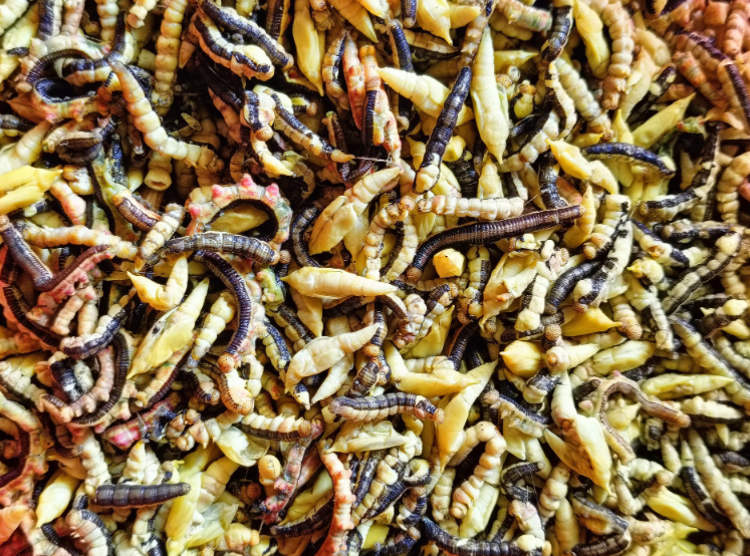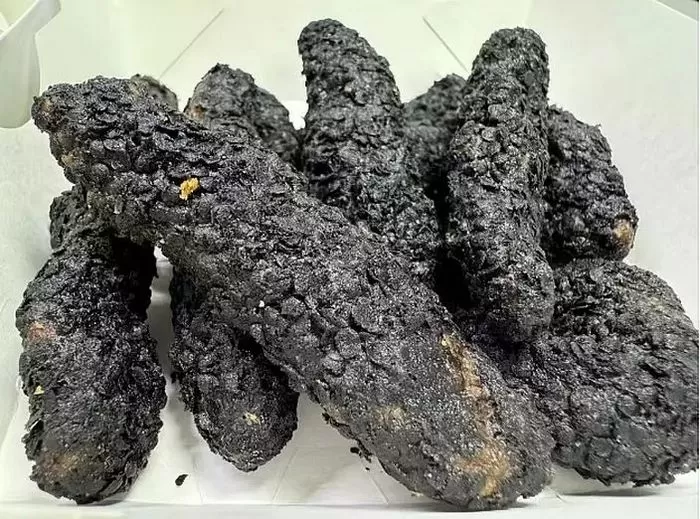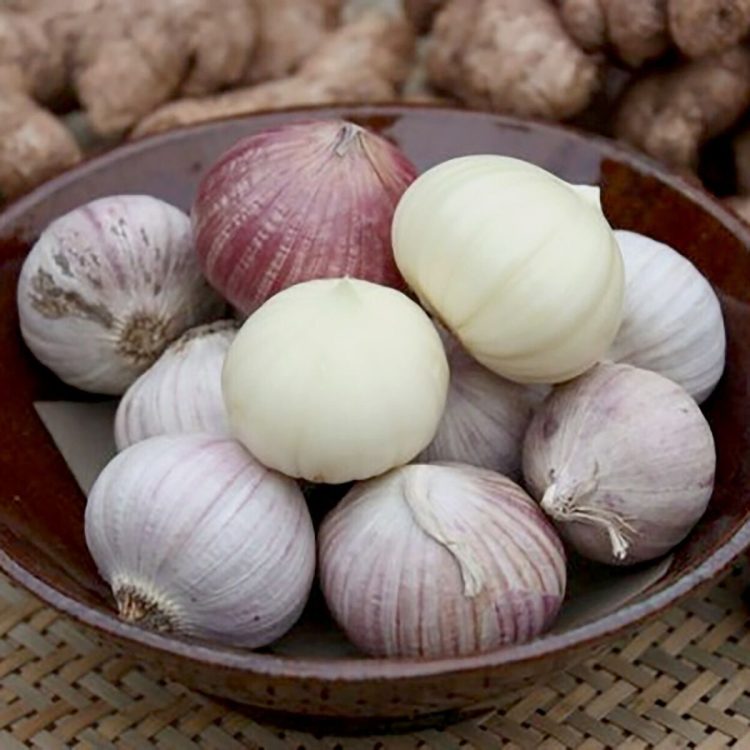An Australian company specializing in cultivated meat recently unveiled a giant meatball allegedly made from lab-grown meat using wooly mammoth DNA.
While most cultured meat companies are focused on producing alternatives to conventional meats like chicken, beef and pork, Australian start-up Vow is taking a different approach. It is focusing on mixing and matching cells from different unconventional animal species, even ones that have been extinct for thousands of years. To prove that it can be done, Vow took the DNA sequence for mammoth myoglobin, a key muscle protein in giving meat its flavor, and filled the few gaps in the strand with elephant DNA. They then put this sequence in myoblast stem cells from a sheep and grew the tens of billions of cells necessary to create the lab-grown meat.
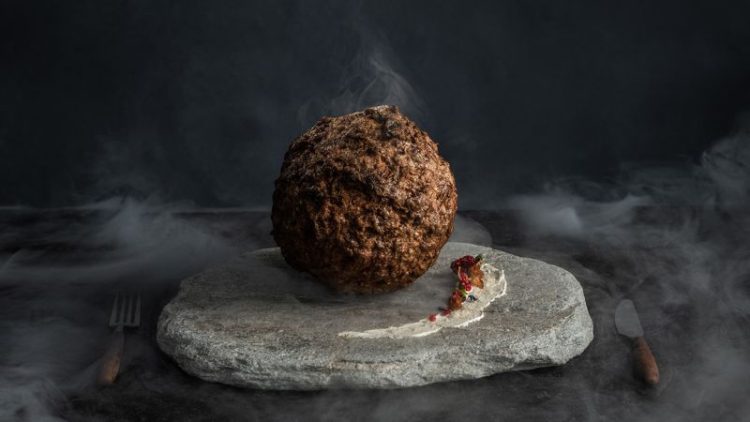
Photo: Aico Lind/Studio Aico
“It was ridiculously easy and fast, we did this in a couple of weeks,” Prof Ernst Wolvetang, at the Australian Institute for Bioengineering at the University of Queensland, told The Guardian newspaper. “It’s a little bit strange and new – it’s always like that at first. But from an environmental and ethical point of view, I personally think [cultivated meat] makes a lot of sense.”
Prof. Wolvetang said that the initial idea was to produce Dodo bird meat, but the DNA sequences required simply did not exist, so they settled for another very famous extinct animal. The goal was to raise awareness about cultivated meat as a future alternative to conventional meat, while also highlighting the idea of exotic meats. Vow has already been experimenting with dozens of species, including alpaca, buffalo, crocodile, kangaroo, and peacocks, mixing lab-grown meats to create unique tastes.
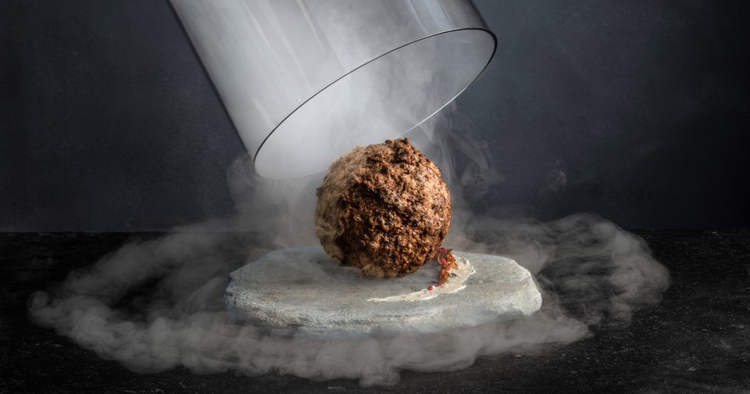
Aico Lind/Studio Aico
“The goal is to transition a few billion meat eaters away from eating [conventional] animal protein to eating things that can be produced in electrified systems,” Vow CEO, George Peppou, said. “And we believe the best way to do that is to invent meat. We look for cells that are easy to grow, really tasty and nutritious, and then mix and match those cells to create really tasty meat.”
In case you were wondering, no one has tasted the giant mammoth meatball yet, and for good reason, as Prof. Wolvetang explains:
“We haven’t seen this protein for thousands of years, so we have no idea how our immune system would react when we eat it. But if we did it again, we could certainly do it in a way that would make it more palatable to regulatory bodies.”
The mammoth meatball was unveiled last week at Nemo, a science museum in the Netherlands, but Vow is already planning to sell its first cultivated meat (Japanese quail) in Singapore restaurants this year.

